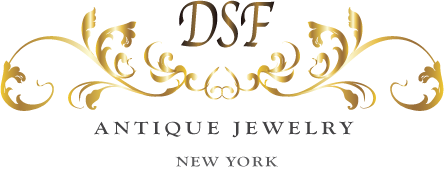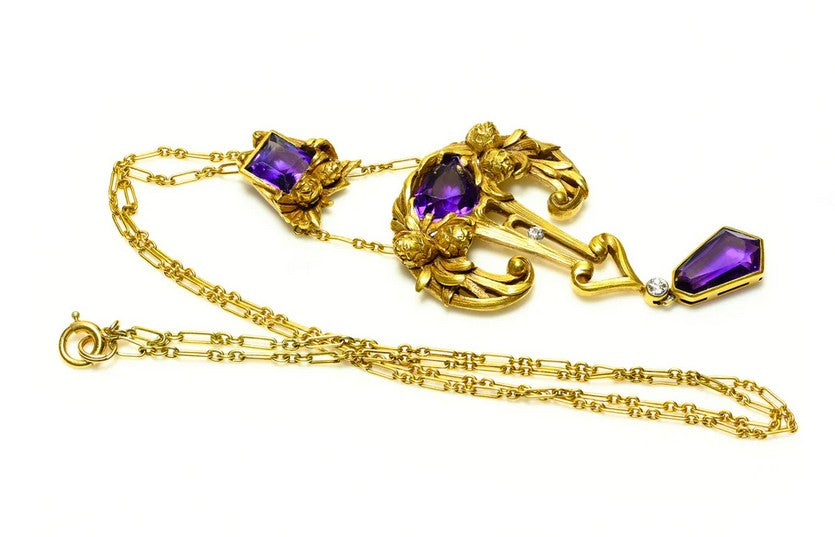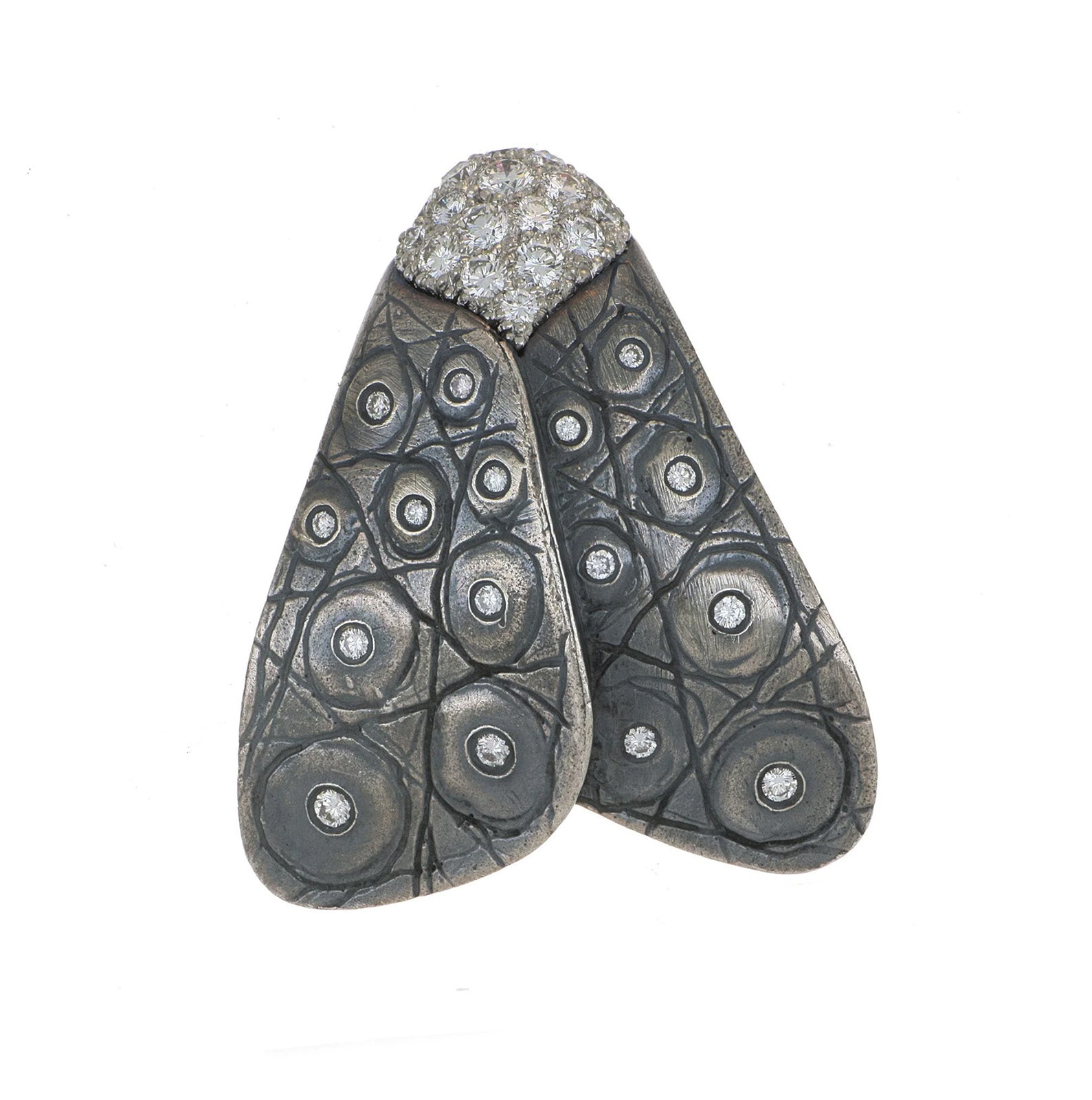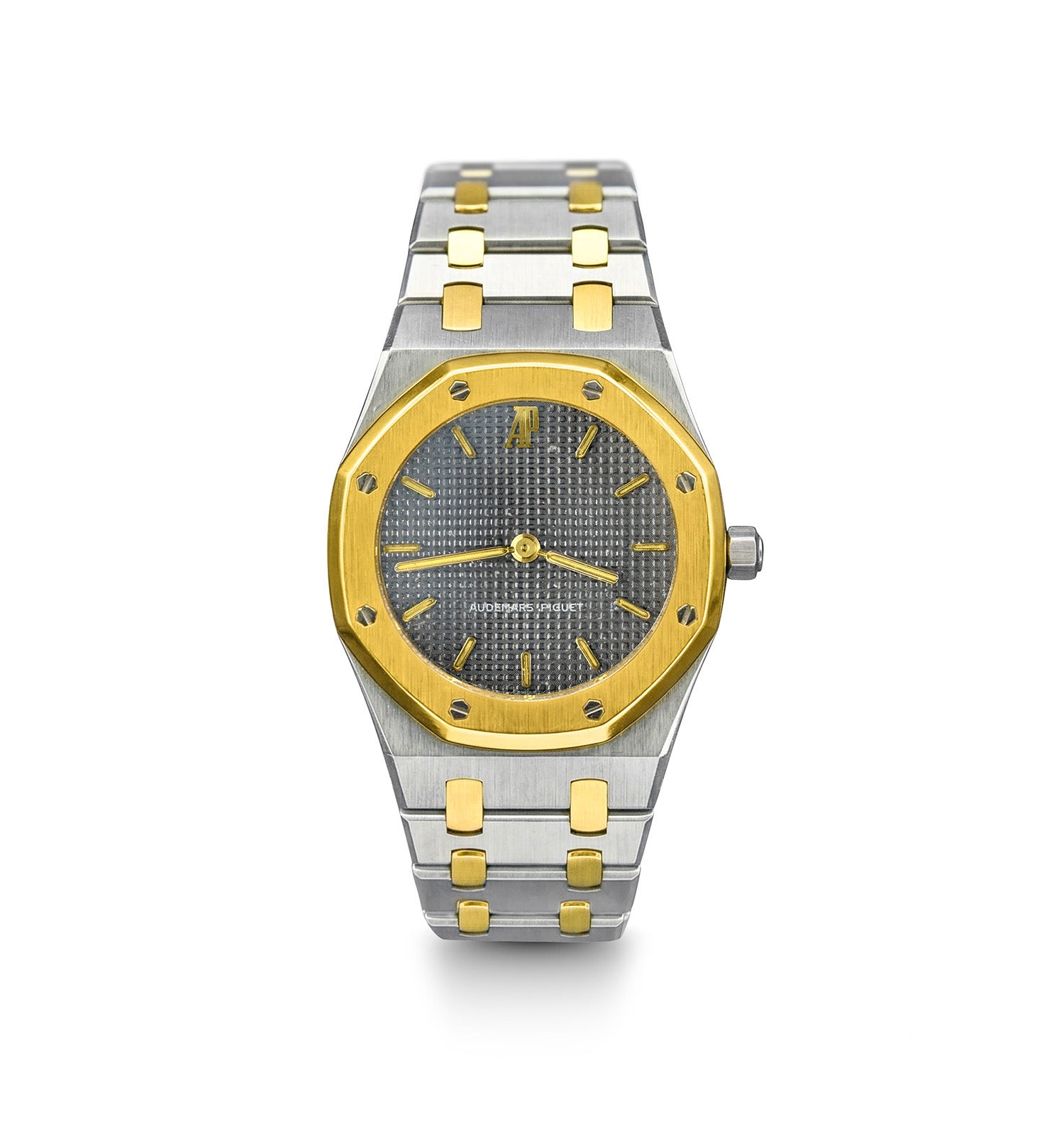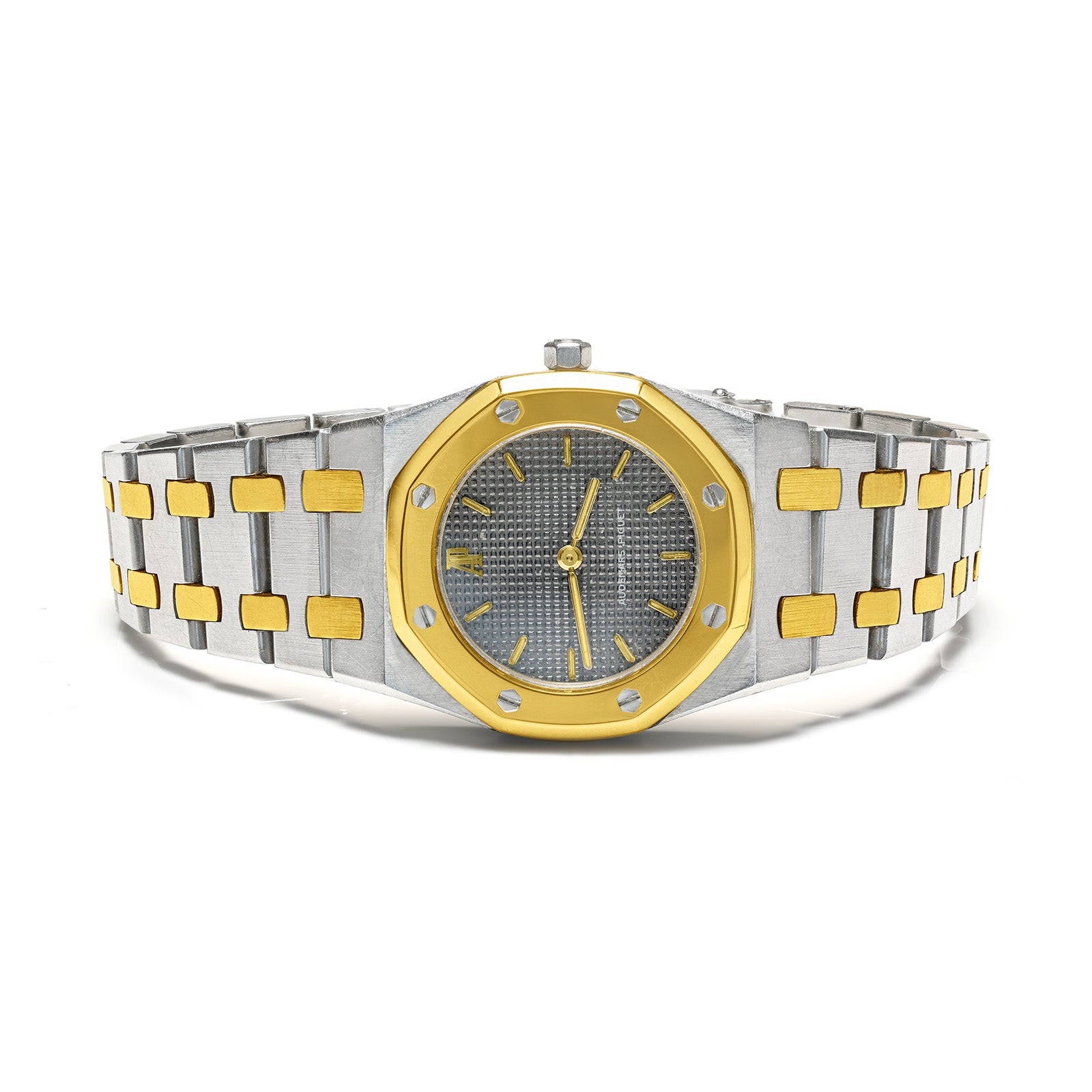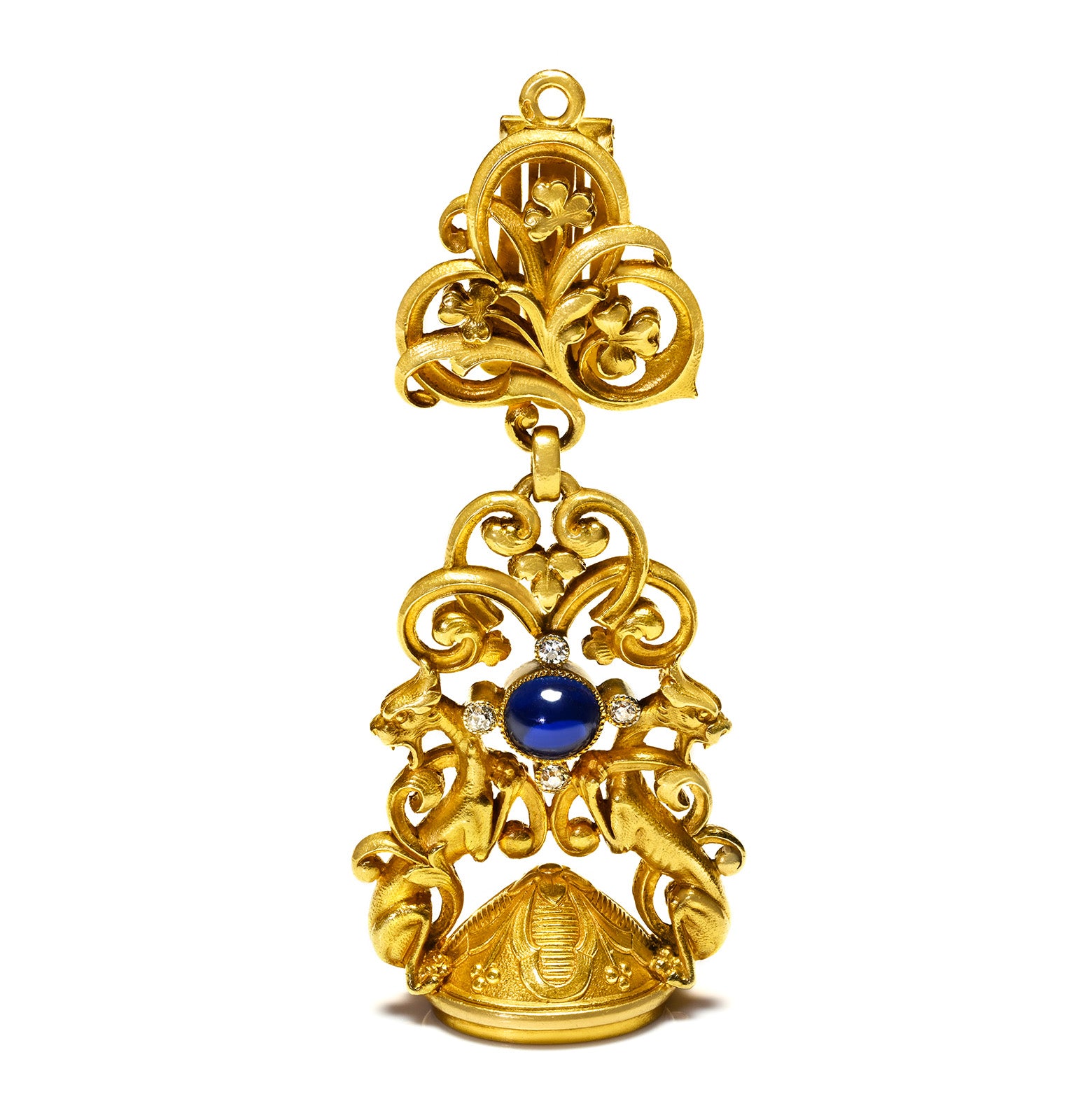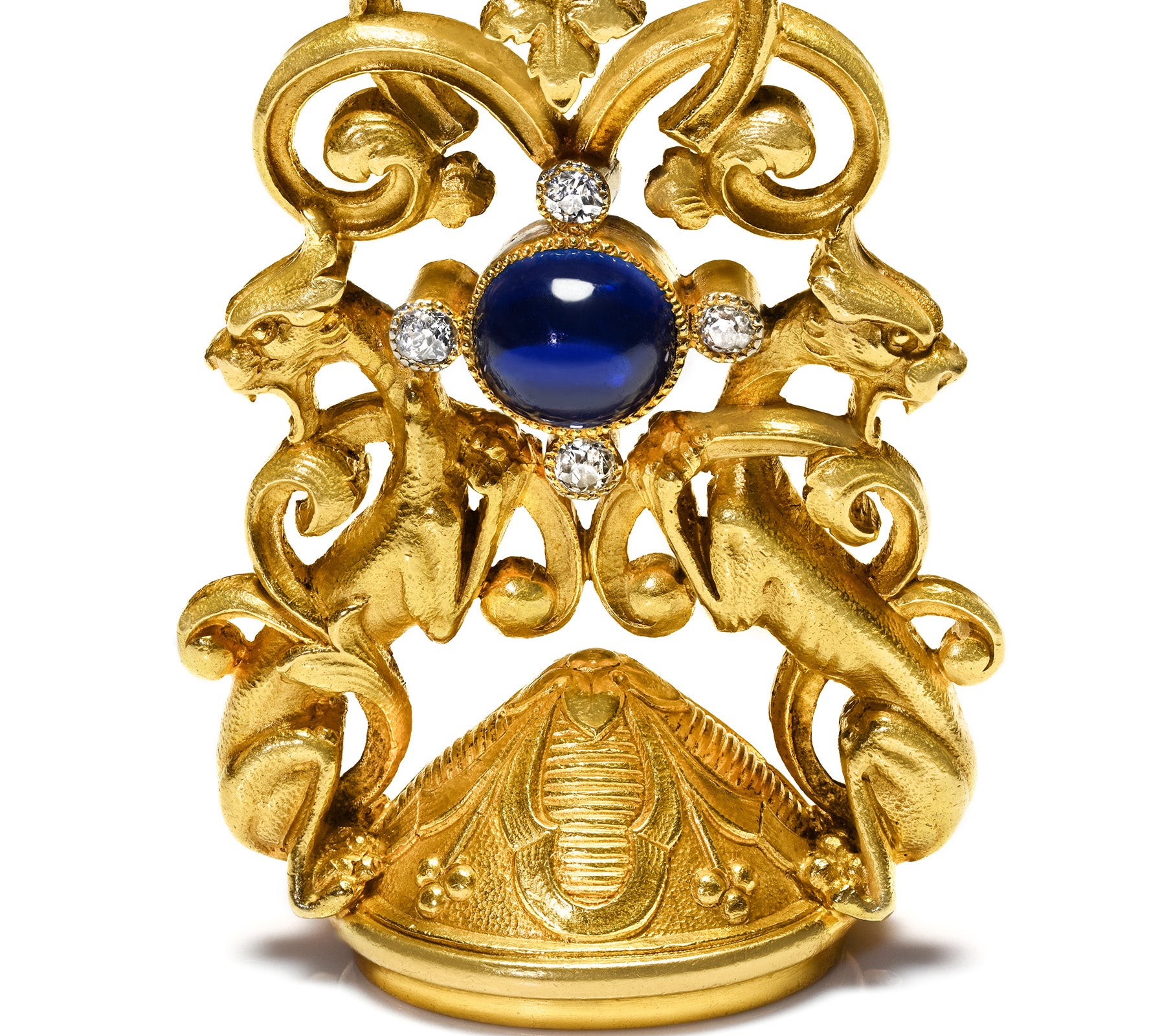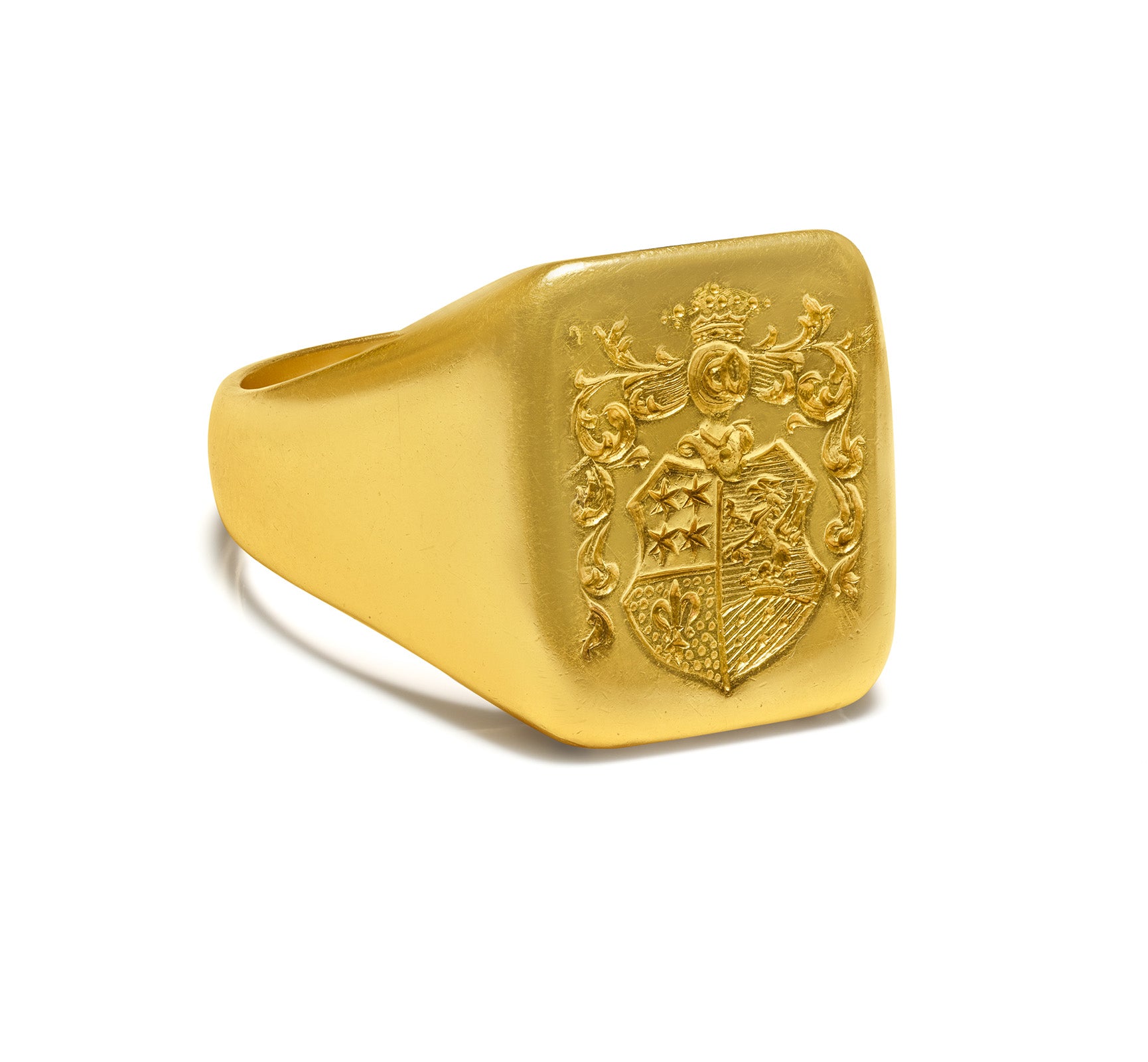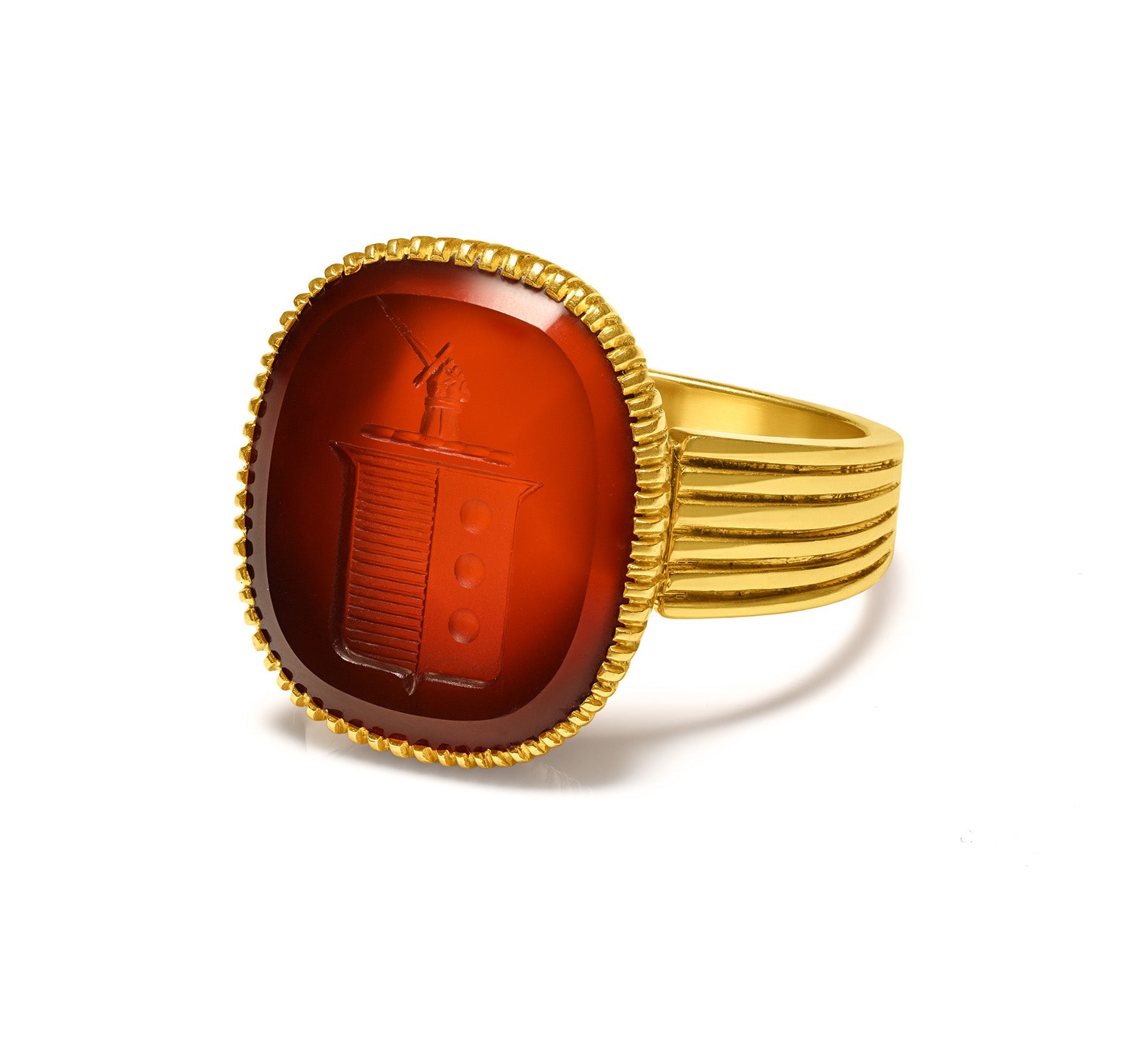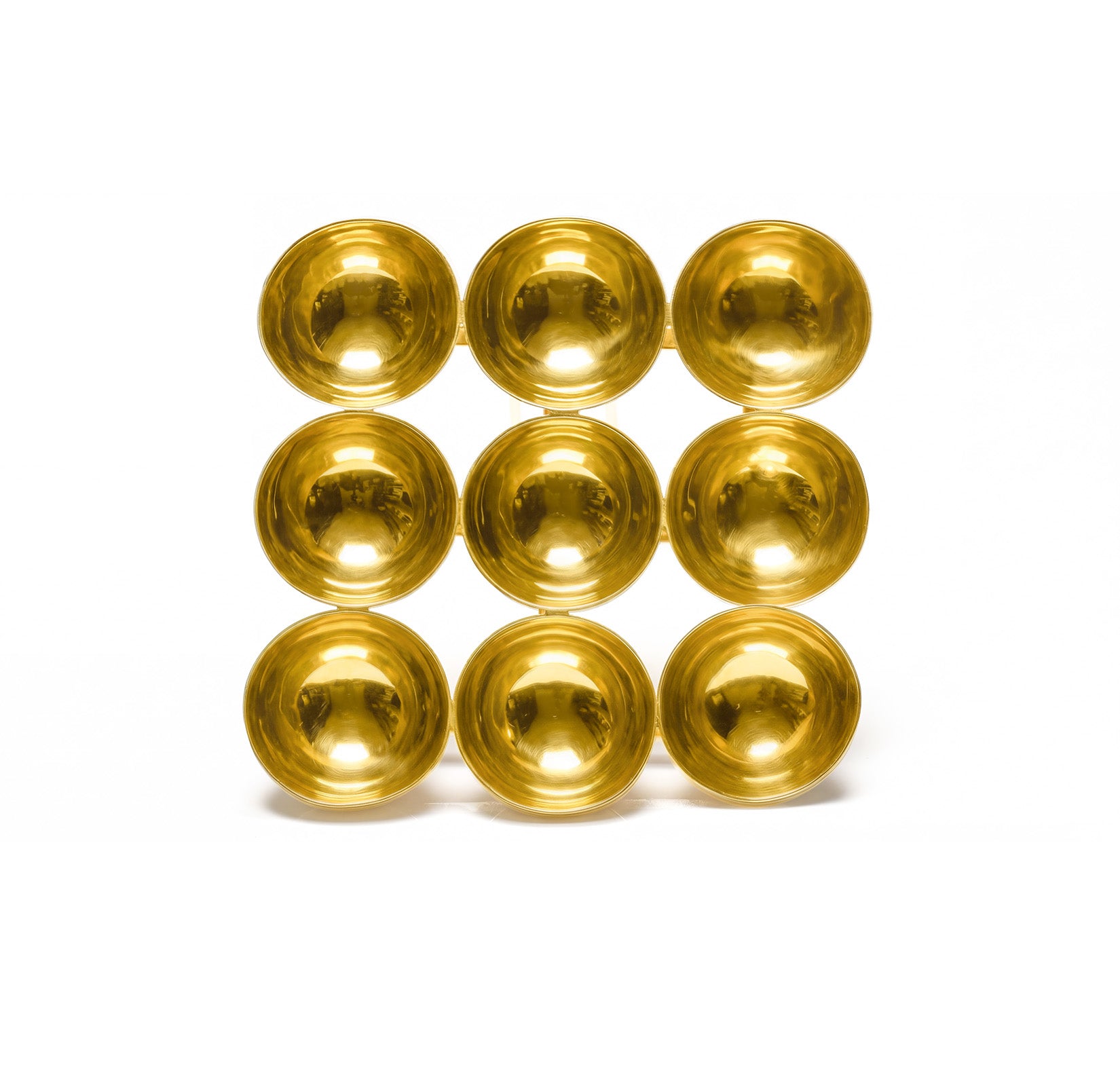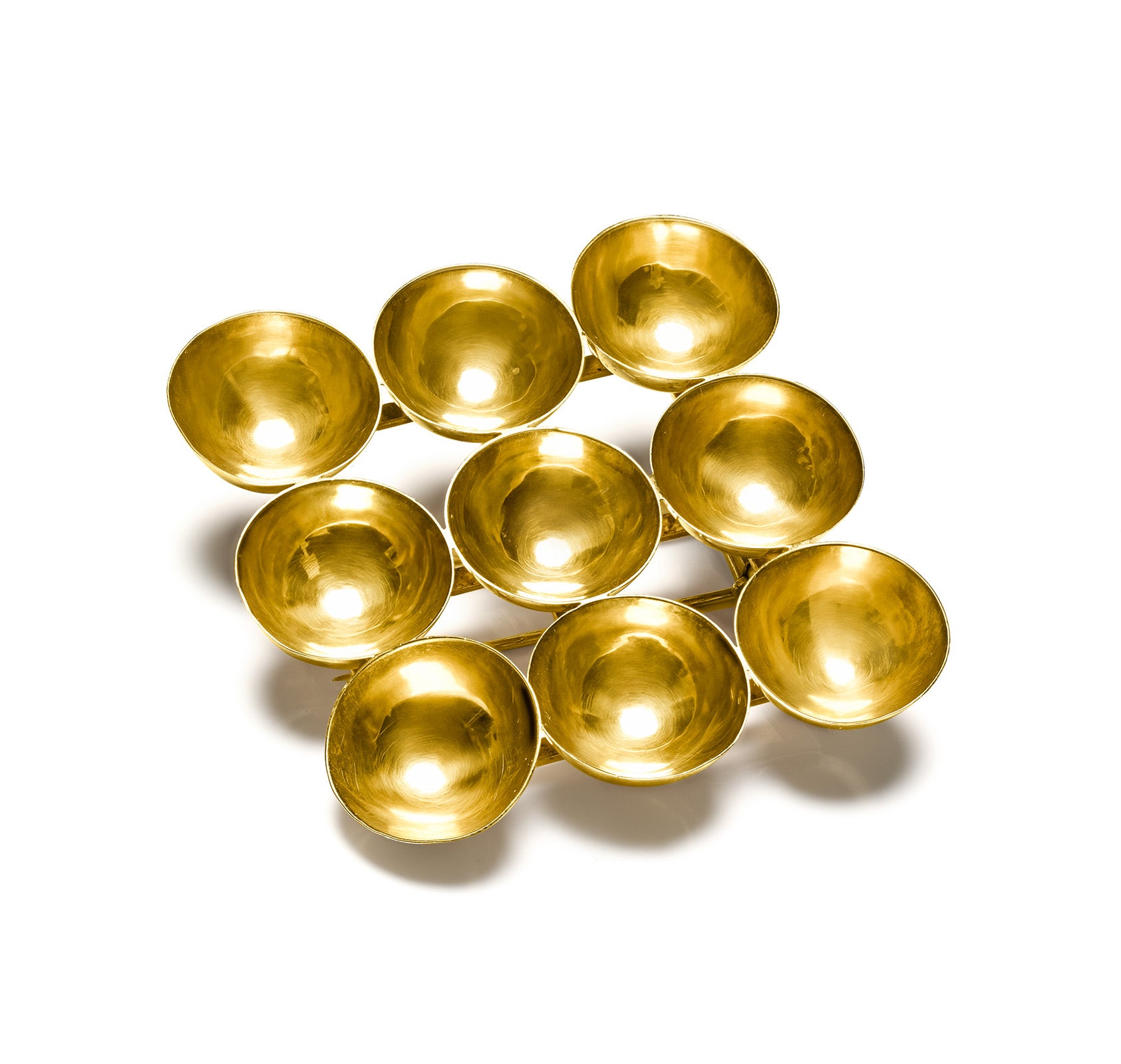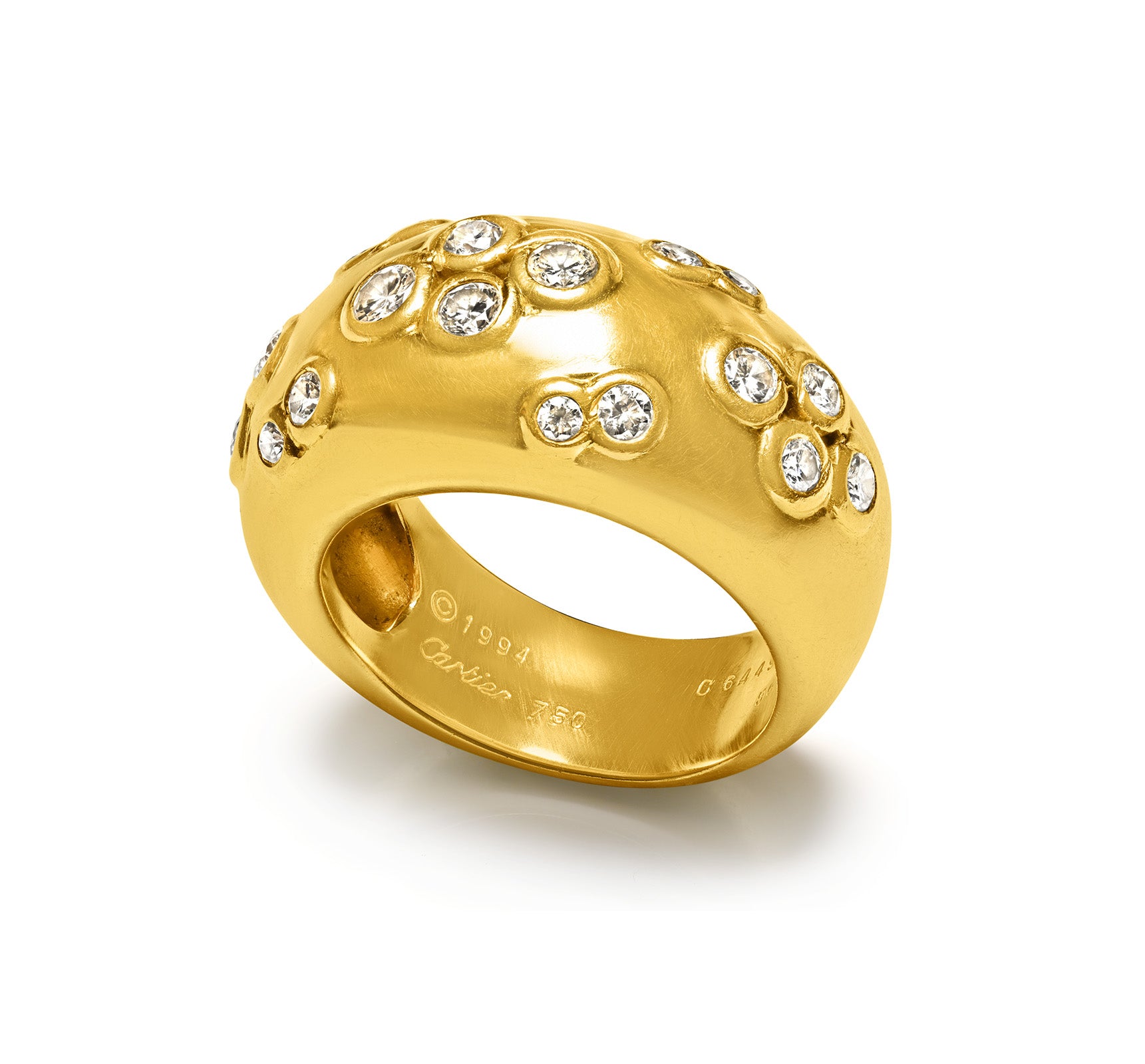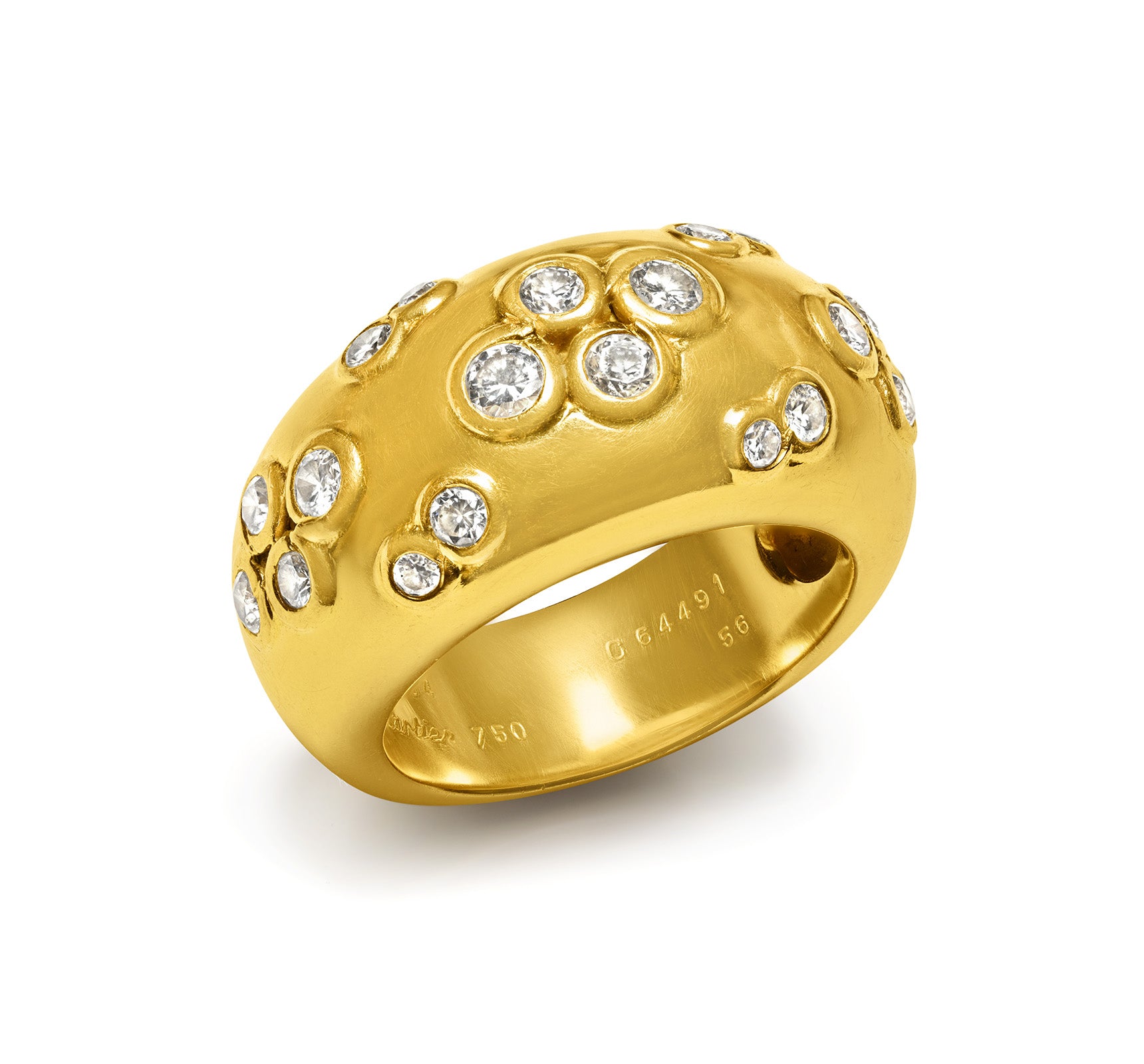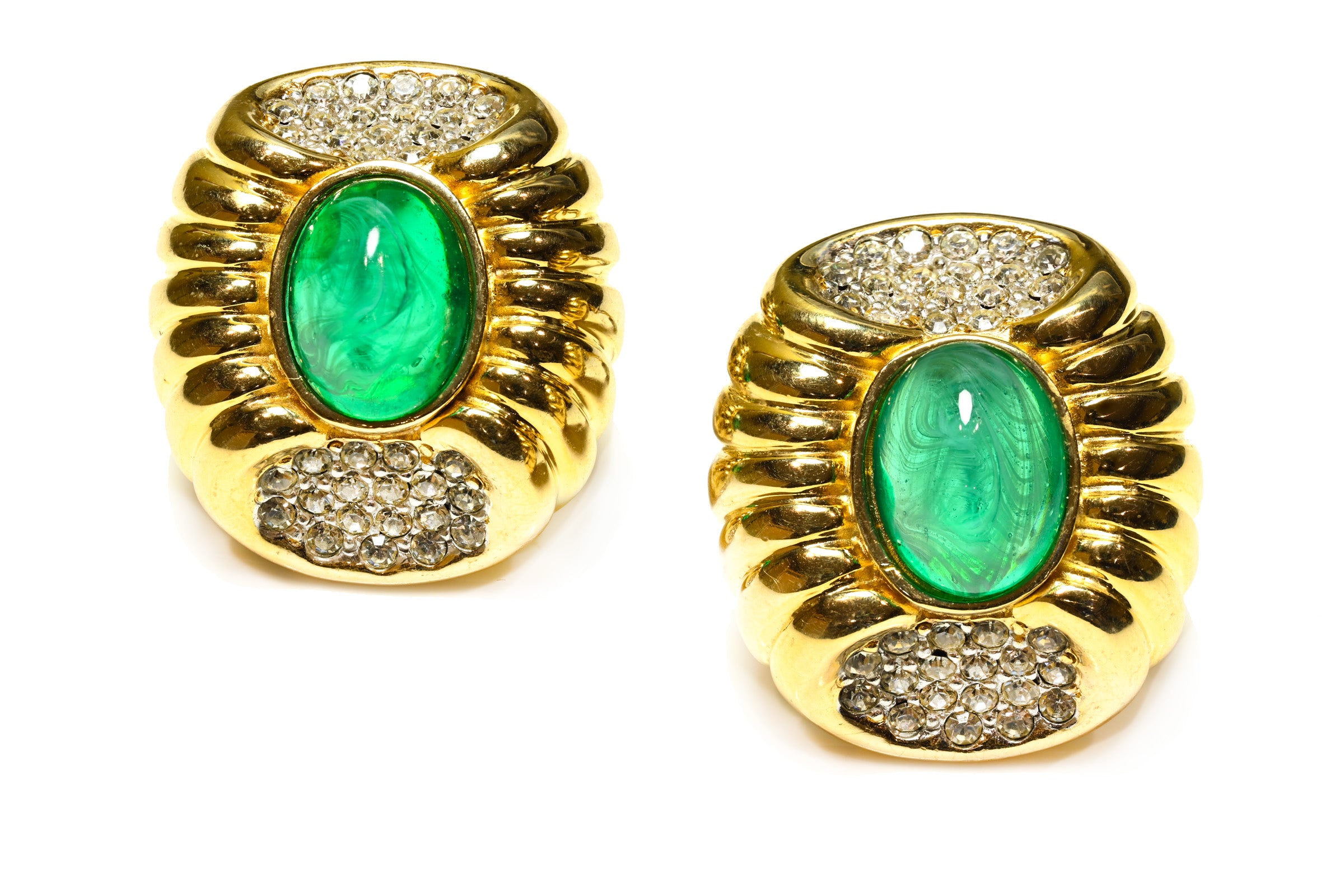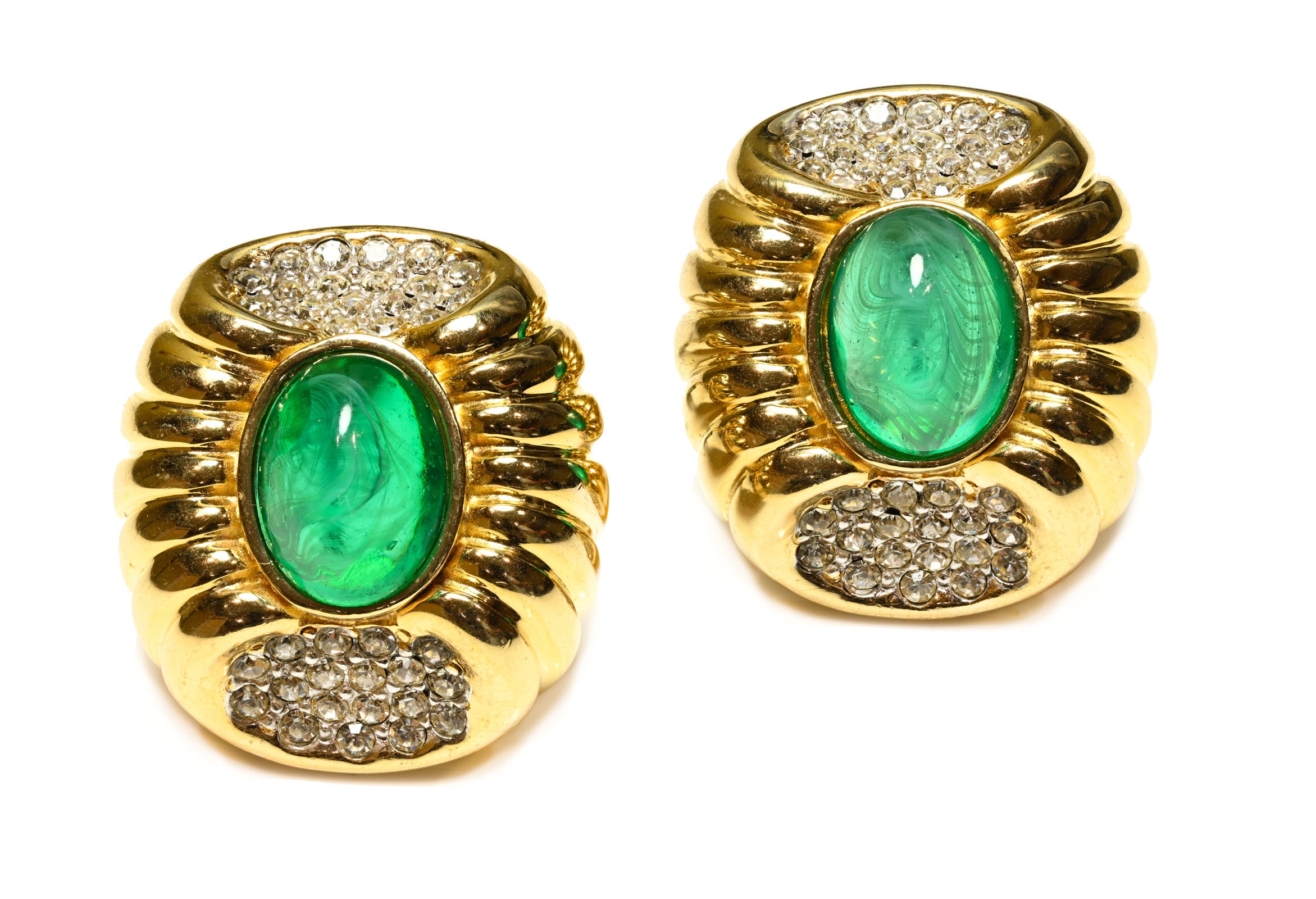
Henrik Wigström: The Master Behind Fabergé’s Imperial Brilliance
As one of the most influential figures in the House of Fabergé, Henrik Wigström left a lasting mark on the world of decorative arts. His mastery in goldsmithing and his remarkable attention to detail elevated Fabergé's creations into timeless works of art.
Henrik Wigström specialized in sculpting delicate human forms, lifelike flowers, and graceful animals—often carved from hardstone and finished with impeccable precision.
His aesthetic was deeply rooted in neoclassicism, echoing the elegance of the Louis XVI and Empire styles. Yet, within those traditional influences, Wigström brought a distinctive refinement that set his work apart.
Henrik Wigström’s Journey from Finnish Apprentice to Fabergé Master
Henrik Wigström's path into the world of craftsmanship was shaped more by circumstance than by choice.
After his father—a parish sexton in the town of Tammisaari—passed away, his mother was left to raise four small children on her own. Henrik was only eleven years old at the time. The municipal authorities classified the family as impoverished and provided them with a year of financial assistance.
But the aid was short-lived, and Wigström, along with his older sister Wendla (who was thirteen), had to begin working at a young age to help support the household.
Henrik Wigström found an opportunity with Petter Madsén, a local goldsmith and silversmith who had recently returned from St. Petersburg and opened a workshop in Tammisaari, together with his partner Werner Elfström. Wigström worked there for two years before moving to St. Petersburg in 1875 to join Elfström.
Because he was only thirteen, Elfström took full responsibility for Henrik’s well-being, ensuring he received formal training, housing, food, clothing, and religious education—including Sunday school attendance.
Compared to many Finnish children who were sent to St. Petersburg and ended up in factories or worse, Henrik was remarkably fortunate.
After nine years working under Elfström and after meeting his future wife, Ida Johanna Turunen, Wigström sought greater opportunities. In 1889, he met Michael Perkhin, who had recently been named Chief Workmaster at Fabergé and offered Wigström a position within the prestigious firm.
According to Wikipedia, nearly every imperial Easter egg was created by these two master craftsmen. They formed a close partnership until Perkhin’s death in 1903, when Wigström succeeded him as workshop leader.
After moving into the workshop residence, Wigström also became caretaker for the younger apprentices. Drawing from his own early experiences, he fostered a supportive environment, encouraging the next generation to learn from seasoned artisans and to remain curious and passionate about their craft.
The Russian Revolution
The outbreak of World War I dramatically reduced the number of artisans working in Wigström's studio. At the same time, the declining value of the rouble led many to invest in gold and diamonds, which caused a surge in Fabergé sales—and a corresponding increase in production pressure.
To meet demand, Wigström adopted a more streamlined approach: he reused existing models as the basis for multiple series, incorporating subtle, individualized elements to ensure that each piece retained its uniqueness.
Despite these efforts, the House of Fabergé was forced to close in 1918 due to the Russian Revolution. With private enterprise outlawed, more than 300 employees lost their jobs. Hoping the upheaval would be temporary, Wigström relocated with his family to their summer residence in Terijoki, Finland.
During this period, Wigström remained committed to the principles of craftsmanship passed down from Michael Perkhin. He continued producing refined, modestly scaled decorative and functional objects that helped drive the revival of the neoclassical style—while also experimenting with early Art Deco and Modernist influences.
Henrik Wigström passed away on March 14, 1923.
Though his works primarily reflect Louis XVI, Empire, or neoclassical styles, Wigström's artistry shares much in common with Perkhin’s. He oversaw the creation of nearly all Fabergé hardstone sculptures, including figurines, animals, and floral designs from that era.
The House of Fabergé
The House of Fabergé was founded in 1842 in Saint Petersburg by Gustav Fabergé. With assistance from his sons, Peter Carl and Agathon, and later his grandchildren, Gustav led the firm until the October Revolution of 1917.

The company became world-renowned for its exquisitely crafted jewelry and decorative objects, most notably the magnificent jewel-encrusted imperial Easter eggs made for the Russian royal family.
In 1924, Peter Carl’s sons, Alexander and Eugène Fabergé, founded Fabergé & Cie in Paris. There, they continued to create pieces in a similar spirit, branding their work with the mark FABERGÉ, PARIS.
In 1951, American businessman Samuel Rubin purchased the rights to the Fabergé name for use in the fragrance industry. He launched a line of perfumes under the brand Fabergé Inc., which was later acquired in 1964 by Rayette Inc.—a cosmetics company that rebranded as Rayette-Fabergé Inc.
Over the following decades, the Fabergé name passed through numerous owners and was attached to a variety of products including films, fashion, haircare, and iconic fragrances such as Babe and Brut—the latter becoming a best-seller in its time.
Eventually, jewelry was reintroduced to the product portfolio under new ownership. However, the global market also saw a flood of so-called "Fabergé-style" and imitation "Fauxbergé" items—pieces falsely attributed to the original house.
Today, the Fabergé brand is owned by Fabergé Limited, and is once again dedicated exclusively to fine jewelry and gemstones.

The Uspenski Cathedral Egg - Source: Stan Shebs via Wikimedia Commons
The Imperial Easter Eggs
In 1885, Tsar Alexander III commissioned the House of Fabergé to create an Easter egg as a gift for his wife, Empress Maria Feodorovna. The result was the now-famous Hen Egg, a white enamel egg with a gold core designed to resemble a real hen's egg.
The outer shell opened to reveal a golden yolk, which in turn held a miniature gold hen. Inside the hen was an even smaller ruby egg, originally suspended from a replica of the Imperial Crown.
While the Crown and the tiny ruby egg have been lost over time, the remaining components of the Hen Egg are now part of Victor Vekselberg’s collection.
Carl Fabergé continued this tradition, with each new Easter egg becoming more elaborate than the last. From 1887 onward, Fabergé was given full creative freedom over their design. According to family tradition, the only requirement imposed by the Imperial Court was that each egg should contain a surprise—a condition that even the Tsar himself was not privy to in advance.
In total, the House of Fabergé created fifty Imperial eggs: one each year for Alexander III to give to Empress Maria Feodorovna, and later, for Nicholas II to present to both his mother and his wife, Empress Alexandra Feodorovna. Of these, forty-three are known to have survived.
Legacy
At its height, the House of Fabergé employed over 500 artisans and designers, making it the largest jewelry firm in Russia. The company garnered international acclaim, winning numerous prestigious awards and honors.
At the dawn of the 20th century, Fabergé moved its headquarters into a custom-built, four-story building on Bolshaia Morskaia Street in Saint Petersburg. The firm also opened branches in London, Odessa, Kyiv, and Moscow, and even maintained annual visits to the Far East from England.
Fabergé’s reputation extended well beyond the Russian Empire. One of his most devoted patrons was Queen Alexandra of the United Kingdom, who played a pivotal role in popularizing Fabergé’s work in the West. She became known as “Fabergé’s great patroness of the West,” helping to ignite British fascination with the Russian master jeweler.
To this day, the name Fabergé remains a symbol of extraordinary craftsmanship. His creations—jewelry, objets d’art, and especially the legendary Imperial eggs—continue to be revered for their complexity, harmony, authenticity, and artistic brilliance. Fabergé pieces remain highly sought after by collectors, connoisseurs, and museums around the world.
Cover Photo: Henrik Wigström via Wikimedia Commons
